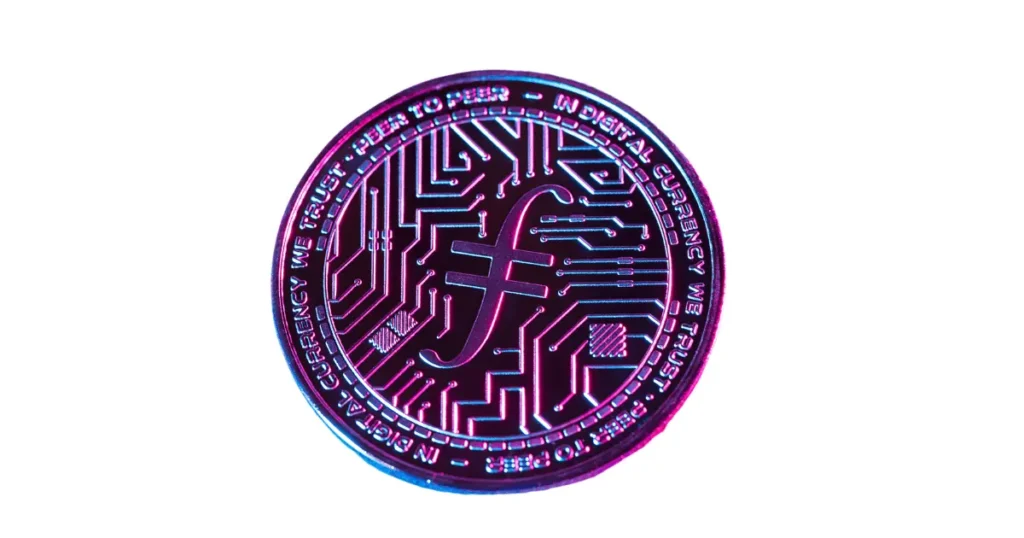Buying FIL requires capital, and storage mining demands hardware investments. Compared to zero-investment methods, it has higher entry costs.
Crypto ventures can scale significantly if prices rise, and storage mining can expand with hardware upgrades. However, network congestion and token volatility can impact growth.
Holding FIL can generate returns, but profits depend on price fluctuations.
Storage miners must maintain hardware and meet network demands.
Decentralized storage is growing, but competition from centralized providers like AWS limits mainstream adoption.
High competition among storage providers and crypto participants. Early adopters hold advantages.
Buying FIL is instant, but profits depend on market trends.
Storage mining requires time for setup and returns.
Blockchain projects are volatile, and Filecoin’s future depends on adoption and regulatory stability.
FIL prices fluctuate, storage miners face competition, and ventures can lead to losses.
New participants can enter, but early adopters have an advantage in mining and staking rewards.
FIL depends on Web3 adoption and crypto regulations, making it vulnerable to external factors.
FIL is accessible globally but restricted in some regions due to crypto regulations.
Basic knowledge of crypto trading is required; storage mining needs technical expertise.
FIL is tradable on major exchanges, but withdrawal fees and crypto volatility affect real profits.
Making money from FIL depends on market timing, investment strategies, and technical expertise.
